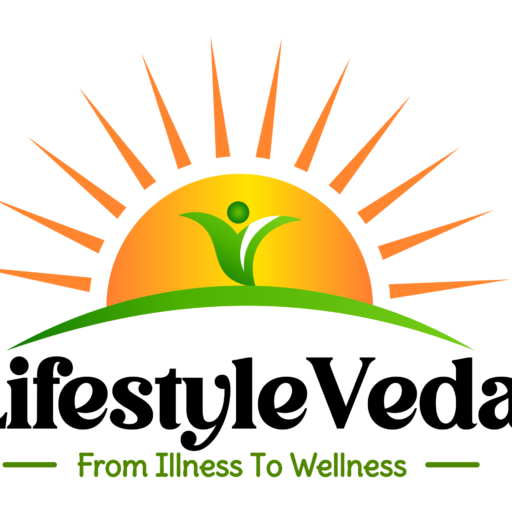
Speech Disorders: Causes, Types, and Treatments
A speech disorder is a condition that affects a person’s ability to produce sounds correctly, fluently, or with appropriate voice quality. These disorders can impact communication, confidence, and social interactions.
Common Types of Speech Disorders
1. Articulation Disorders
- Definition: Difficulty pronouncing sounds correctly.
- Examples:
- Lisping (e.g., saying “thun” instead of “sun”)
- Substituting sounds (e.g., saying “wabbit” instead of “rabbit”)
- Causes: Developmental delays, hearing loss, neurological disorders.
- Treatment: Speech therapy focusing on correct sound production.
2. Fluency Disorders (Stuttering & Cluttering)
- Stuttering:
- Repetitions (e.g., “b-b-b-ball”), prolongations (e.g., “sssssnake”), or blocks (inability to start a word).
- Often worsened by stress or excitement.
- Cluttering:
- Rapid, unclear, or disorganized speech.
- May include omitting syllables or words.
- Causes: Genetic factors, neurological conditions, stress.
- Treatment: Speech therapy, breathing exercises, relaxation techniques.
3. Voice Disorders
- Definition: Issues with pitch, loudness, or quality of voice.
- Examples:
- Hoarseness, breathiness, or loss of voice.
- Vocal nodules or polyps from overuse (common in singers, teachers).
- Causes: Overuse, infections, neurological conditions, acid reflux.
- Treatment: Voice therapy, rest, medical intervention if necessary.
4. Apraxia of Speech (AOS)
- Definition: Difficulty planning and coordinating speech movements.
- Symptoms:
- Inconsistent errors in speech.
- Difficulty moving mouth correctly to form sounds.
- Causes: Brain injury, stroke, developmental issues.
- Treatment: Intensive speech therapy focusing on motor planning.
5. Dysarthria
- Definition: Weak or slow speech due to muscle weakness or paralysis.
- Symptoms: Slurred or nasal-sounding speech, difficulty controlling volume.
- Causes: Stroke, brain injury, Parkinson’s disease, cerebral palsy.
- Treatment: Speech therapy, breathing exercises, assistive communication devices.
6. Selective Mutism
- Definition: A psychological condition where a person is unable to speak in certain social situations despite being able to talk normally in others.
- Causes: Anxiety, trauma, extreme shyness.
- Treatment: Cognitive-behavioral therapy (CBT), gradual exposure therapy.
Causes of Speech Disorders
- Developmental delays or disorders (e.g., autism, Down syndrome)
- Neurological conditions (e.g., stroke, Parkinson’s disease, cerebral palsy)
- Hearing loss
- Structural abnormalities (e.g., cleft palate)
- Psychological factors (e.g., anxiety, trauma)
Diagnosis of Speech Disorders
- Speech-language evaluation: Assessing pronunciation, fluency, and voice quality.
- Hearing tests: Checking for hearing impairments that affect speech.
- Neurological exams: Identifying underlying conditions.
Treatment Options
- Speech Therapy:
- Exercises to improve articulation, fluency, and voice control.
- Repetitive practice of difficult sounds and words.
- Assistive Communication Devices:
- Augmentative and Alternative Communication (AAC) devices for severe cases.
- Medical Treatment:
- Surgery (for structural issues like cleft palate).
- Medication (for neurological conditions affecting speech).
- Psychological Therapy:
- Cognitive-behavioral therapy (CBT) for anxiety-related speech disorders.
Early Intervention is Key
The sooner a speech disorder is diagnosed and treated, the better the outcomes. If you or someone you know is experiencing speech difficulties, a speech-language pathologist (SLP) can provide proper evaluation and therapy.

